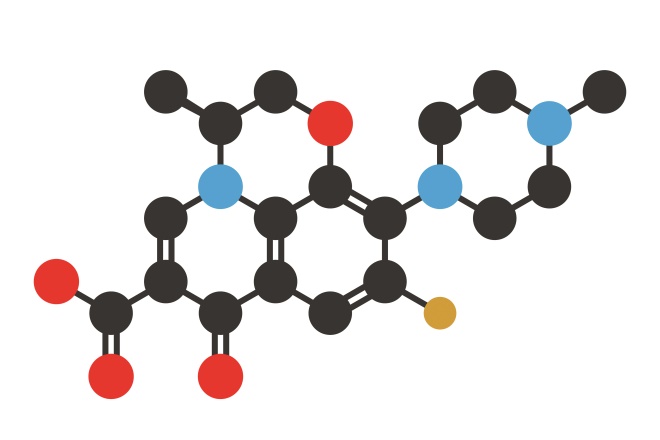Fluoroquinolone toxicities are an effect of antibiotics which may cause long-lasting, serious adverse side consequences. They can cause nausea vomiting, diarrhea, and muscle pain. Floxing may also refer to this.
Patients who have had adverse reactions to a fluoroquinolone/quinolone antibiotic should avoid fluoroquinolones. Patients with kidney diseases or those who have received organ donations should be taken into consideration.

The fluoroquinolones make up the majority of antibacterial quinolones. These antibiotics have one atom of fluorine, making them effective against Gram negative as well as Gram positive bacteria.
Fluoroquinolones “kill bacteria” by blocking enzymes that are normally used to untangle DNA as cells replicate. These enzymes usually cut DNA’s double-helix to pass another piece through the gap to finish the cut.
However, quinolones bind with enzymes and prevent their repair. In the 1980s, scientists included fluorine-containing atoms in the quinolones’ structures. This allowed the antibiotics to penetrate the body’s tissues, including the central nervous system and increased their effectiveness against a broad spectrum of bacterial infections.”
Fluoroquinolones might be helpful in situations where other antibiotics aren’t able to deliver sufficient effectiveness.
Fluoroquinolones are used too often, much like other antibiotics. They have been linked to severe side effects over time. The FDA has issued numerous warnings concerning their usage. Many label modifications have been mandated , and certain fluoroquinolones have warnings in the form of a black box.
What antibiotics are referred to as fluoroquinolones
These medications include ciprofloxacin (Cipro) gemifloxacin (Factive), the levofloxacin (Levaquin), moxifloxacin (Avelox), norfloxacin (Noroxin) and ofloxacin (Floxin).
What is fluoroquinolone toxicity syndrome?
Signs and Symptoms
Certain adverse effects associated with fluoroquinolone medication have been demonstrated to be extremely dangerous permanent and irreversible. These include adverse effects on the cardiovascular and central nervous systems, musculoskeletal systems and central nervous system. Other signs of Ciprotoxicity include:
– DNA damage and mitochondrial dysfunction
– Brain fog
– Peripheral Neuropathy
– Blurry Vision
– DNA Damage
– Gaba and Gut Deterioration can lead to anxiety or depression.
– Tendonitis
– Muscle Atrophy
– More reflexes
Early indications of Cipro Toxicity include lower back pain, tendonitis, tendon rupture, arthritis as well as pain in the extremities. gait problems, neuropathies associated with depression, paraesthesia, fatigue memory impairment, sleep disorders, as well as impaired hearing vision, taste and smell. Fluoroquinolones can increase the risk of peripheral neuropathy by 47% over time.
Ciprofloxacin has been proven to alter the topology and structure of mtDNA and inhibit the normal maintenance of mitochondrial DNA and its transcription. Tendinitis and tendon fractures could result due to damage to mitochondria in tenocytes through fluoroquinolone treatment. It can also cause fatigue or inflammation.
For more information, click supplements for fluoroquinolone toxicity